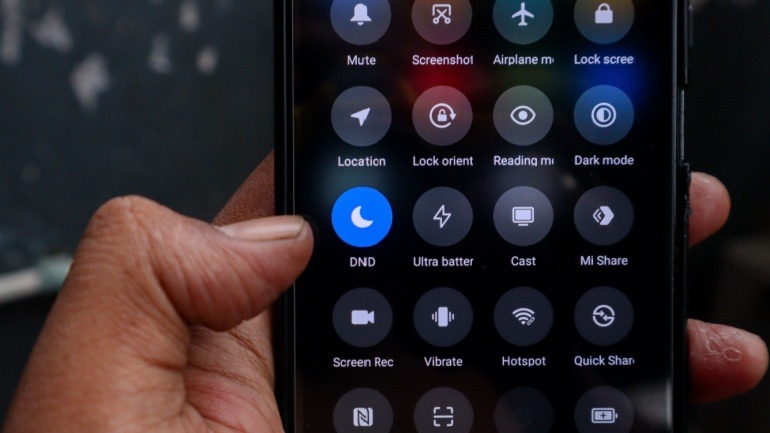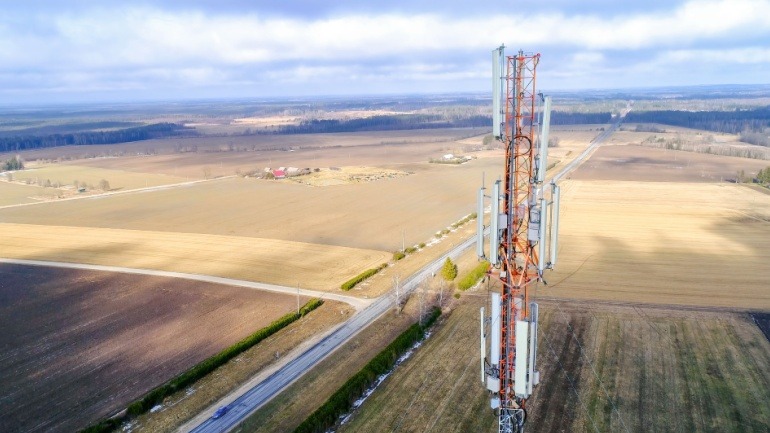In an era where always-on digital connectivity was expected to boost productivity, surprisingly, studies reveal the contrary. Twilio’s research indicates that 40% of workers face distractions from constant notifications, hampering their efficiency. Organizations now consider digital silence policies to balance connectivity and focus, ensuring effective VoIP communication isn’t compromised. Implementing strategies like automated ‘Do Not Disturb’ settings on VoIP platforms such as Slack can optimize uninterrupted work periods. Meanwhile, workplace culture shifts and leadership endorsement encourage a supportive, digitally balanced environment, promoting long-term employee productivity and well-being.
In the ever-evolving tech cold war, the European Union carefully navigates Huawei’s controversial presence by utilizing a strategic ‘toolbox’ of recommended security measures. As the EU weighs a potential ban, VoIP technologies could see significant shifts depending on alliance formations and geopolitical pressures, significantly impacting global telecommunications infrastructure.
Apple is pioneering groundbreaking satellite connectivity features for iPhones, marking a substantial evolution in mobile communications. By enhancing satellite messaging with photo transmission capabilities, improving navigation in no-signal zones, and easing indoor connectivity, Apple leverages partnerships to push boundaries. iPhone users can expect revolutionary advances, especially in areas where traditional networks fall short.
Deutsche Telekom’s Greek arm’s impending acquisition of Terna Fiber seeks to revive Greece’s rural fiber build program and boost broadband expansion in underserved areas. Collaborating with OTE, GEK TERNA, PPC, and Vodafone Greece, this venture could enhance network capacity. Yet challenges include regulatory compliance and financial planning.
Data centers are at a crossroads with the surging demand for AI. To enhance VoIP performance, centers must focus on optimizing infrastructure—particularly network capacity and reliability. Implementing next-gen Ethernet solutions can ensure seamless VoIP communication, crucial for AI-driven tasks. Efficient data flow and resource management will prioritize energy savings.
In the evolving landscape of hybrid work environments, VoIP technology is critical for seamless communication. As businesses integrate VoIP solutions with Microsoft Teams, Slack, and Asana, the challenge remains optimizing these tools to truly enhance productivity. Leveraging workforce intelligence, companies can analyze communication and task data to ensure effective collaboration, ultimately transforming hybrid work dynamics for success.
Discover how Vodacom’s CEO, Shameel Joosub, is steering the company towards growth by leveraging VoIP innovation and strategic M&A. Emphasizing partnerships in fiber infrastructure and data centers, these efforts promise to enhance regional connectivity. Explore the potential impact of Vodacom’s strategic moves in the rapidly evolving telecommunications industry.
Enhancing VoIP capabilities, Verizon and AWS are set to revolutionize long-haul fiber routes, addressing AI’s surging data needs. This strategic initiative focuses on constructing high-capacity fiber pathways crucial for generative-AI workloads. As AI’s data demands balloon, robust network infrastructure becomes indispensable, driving innovation and ensuring seamless VoIP communications.
Nokia and Latvian telecom operator LMT have joined forces to enhance Baltic defense communications using Nokia’s 5G technology. This strategic collaboration promises a high-capacity, secure system for defense operations, enabling real-time data exchange and secure interoperability. By leveraging 5G’s high-speed connectivity, this partnership aims to advance military capabilities and strengthen defense strategies.
In a surprising twist, EchoStar has reached a groundbreaking agreement with SpaceX to sell its AWS-3 spectrum licenses for $2.6 billion in stock. As SpaceX acquires these frequencies, the deal boosts its plans to offer direct-to-device services. This development aligns with EchoStar’s strategy to offload spectrum, creating potential VoIP opportunities by possibly enhancing SpaceX’s connectivity solutions in consumer and enterprise markets. Speculation is rampant regarding SpaceX leveraging this acquisition to expand into the cellular market, potentially positioning itself as a significant player. The integration of spectrum with satellite technology further intensifies competition and could revolutionize VoIP services.













